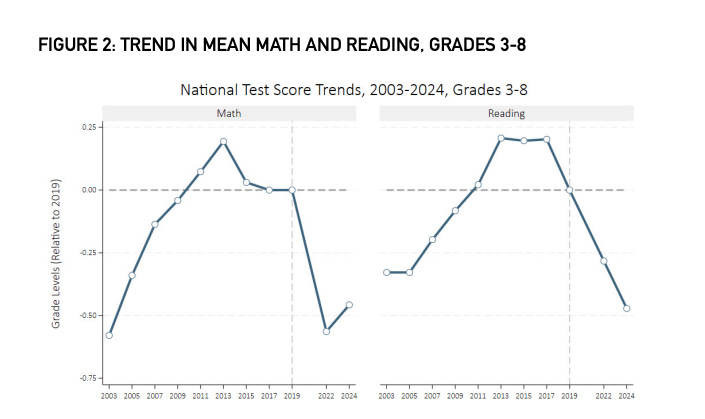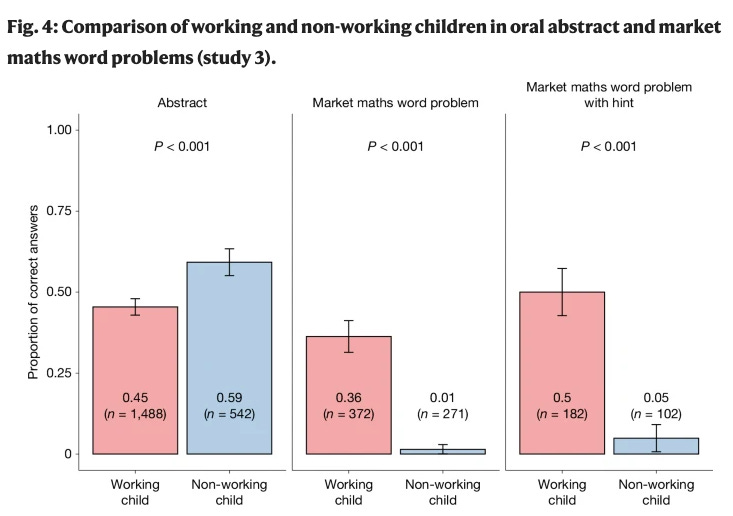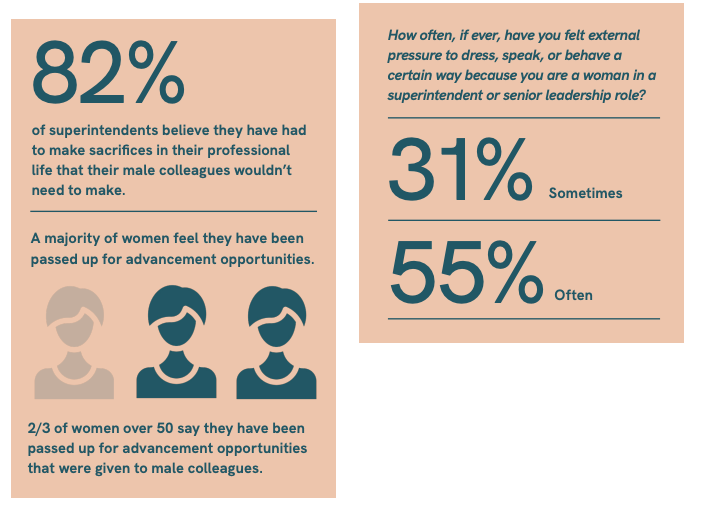Notes from The Evidence Project | Feb 19
Continued performance declines, cuts from the feds, plus new data on student smartphone use, teacher induction, math learning, and more.
Welcome to this edition of the Evidence Project Newsletter! We plan to keep bringing you evidence and data on pandemic learning recovery, student mental health and well-being, math education research, and more, regardless of what comes next.
This issue includes:
Data on continued performance declines, with a few “bright spot” districts
Evidence that cell phone use may harm students’ academic and socioemotional well-being.
New school staffing studies, including how to train and retain effective teachers
Critical developments in math research and policy in our Math Corner
Continued Performance Declines
On the heels of the grim NAEP results covered in our last newsletter, the multi-institutional Education Recovery Scorecard team released a new report tracking district-level recovery through spring 2024 and found similarly negative results. Just 11% of students in third through eighth grades are enrolled in a district where average reading levels exceed pre-pandemic levels (that figure is 17% for math), and recovery in low-income districts continues to progress more slowly and modestly than recovery in higher-income districts.

Each $1,000 of federal pandemic aid from 2022-24 predicted a tiny .005-.006 standard deviation increase in achievement. To temper the largely bad news in the report, the research team also spotlighted nine nationwide “district success stories” where students are recovering better and more quickly than their peers in other districts.
As researchers have had a few weeks to chew on NAEP results, we are starting to see more specialized analyses of these data. Across the country, special education student achievement continued to decline relative to 2019 and 2022 tests (Louisiana was a notable exception here), echoing the broad trend of disadvantaged students experiencing learning loss more acutely than their peers. Since 2013, gaps in achievement between the highest and lowest NAEP performers have widened by more than ten percentage points in 42 states and haven’t narrowed anywhere. Pundits continue to weigh in, placing at least partial blame for performance declines on everything from school choice to a lack of school choice and educator preparation programs.
Beyond this punditry, learning recovery efforts continue on the ground. A new virtual literacy tutoring system shows promising early results in Massachusetts, and a shift to science-informed literacy curricula in New York City has been well-received by teachers.
One “reform” unlikely to result in anything resembling learning recovery is the Trump administration’s recent gutting of federal funding for education research. Without this research infrastructure, education leaders will have little evidence to determine which practices promote learning (i.e., high-dosage tutoring) and which harm it (i.e., four-day school weeks). Students will suffer as a result. As CRPE Director Robin Lake said in a recent piece from The 74:
“I’m a very pragmatic researcher and I believe the feds could do much better in how they fund and support research. But a wholesale end to federal investment in education research feels like a cop-out. The hard but necessary work is making smarter investments.”
Further Reading:
Education advocacy group 50Can released results of a parent survey that showed, among other things, that just 19% of parents report their children have received tutoring in the last year. Given recent achievement trends, it seems likely that more students could benefit from this intervention.
The Center for American Progress aggregated and made available data on early childhood education in the US through 2024.
Student Well-being
Against a backdrop of sustained achievement declines, many experts point out that we should no longer think about narrow “pandemic effects.” To understand and address these declines, we must account for broader student well-being, academically and beyond. Negative mental health effects of smartphones have emerged as one potential, albeit indirect, culprit for these declines. Still, new evidence from a peer-reviewed analysis of student smartphone use suggests a more direct effect of smartphone usage on achievement. Students in the study averaged 91 minutes on their phones during school hours (between 8:00 a.m. and 2:30 p.m.). If students spend nearly a quarter of school time on their phones, it’s little wonder that pandemic recovery efforts have delivered disappointingly small effects.
Further Reading:
Republican lawmakers are considering moving the threshold for community eligibility for the free and reduced breakfast and lunch program from 25% of students qualifying to 60% of students qualifying, which would bar over 24,000 schools from participating in the free meal program.
The most recent federal data shows a 25% increase in the number of students experiencing homelessness since 2021. However, it is unclear whether there are actually more homeless students or whether the jump is an effect of the identification of such students improving since then.
School Staffing
Several new studies lend insight into practices that affect teachers’ and school leaders’ retention and performance. A brief from EdResearch for Action summarizes evidence on teacher induction, a set of strategies including coaching and peer collaboration that have been shown to boost early-career teacher retention and effectiveness. A peer-reviewed article suggests building classroom management skills is another promising way to boost novice teacher retention.
Women Leading Ed organization released its annual Insight Survey of women in education leadership roles—findings suggest that even within district and state leadership, women face different expectations than their male colleagues and report substantial impacts of stress on their professional performance.
Further Reading:
Michigan’s disadvantaged students face a shortage of qualified teachers, according to a new report from The Education Trust Midwest.
Math Corner
Math educators are reeling from ongoing evidence of performance declines, just like their peers in other subjects. Edutopia recently posted a crowd-sourced list of math apps teachers have found successful in their classrooms. Math performance declines are particularly pernicious among low performers due to the year-on-year cumulative nature of math learning, argue two math education experts in The 74. As such, they argue that even high-quality instructional materials must be paired with data-informed intervention lessons (i.e., Tier 2 instruction) to promote academic growth and recovery among struggling students. A new peer-reviewed study of math skills among children in India highlights the contextually situated nature of math knowledge: Children who worked in a market were capable of performing complex arithmetic quickly when in a market context but had difficulty transferring that knowledge to a pencil-and-paper context.

Further Reading:
A new nonprofit, National Math Stars, supports students at the very high ends of the math performance distribution who aren’t served by grade-level curricula.
Thanks for reading! As always, if you have feedback or want to alert us to new research, please leave us a comment.


